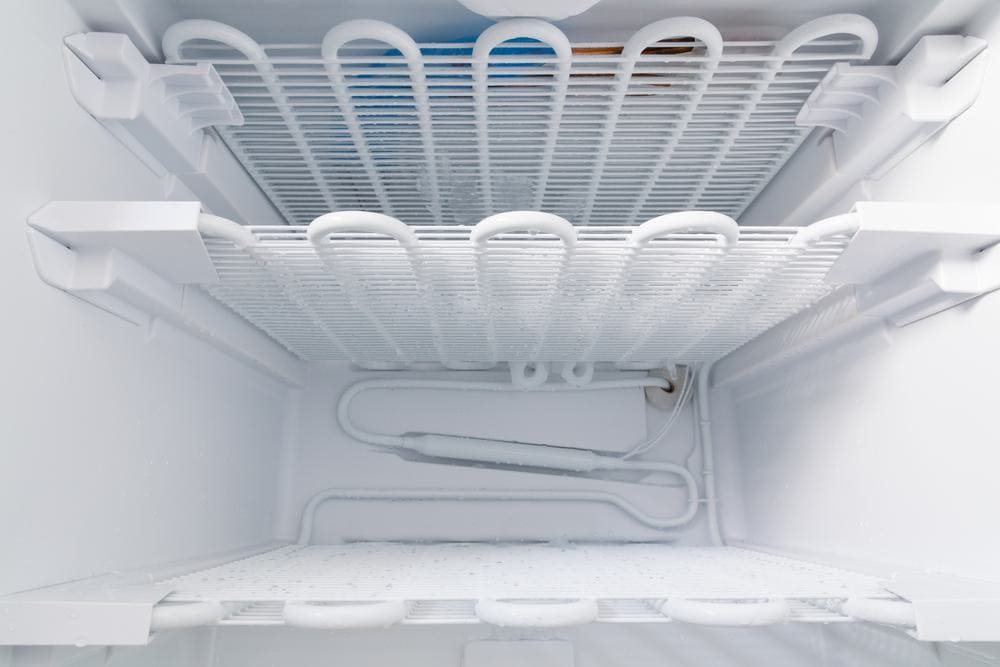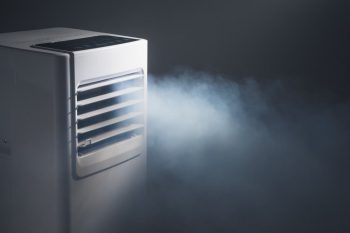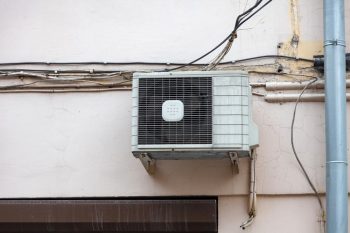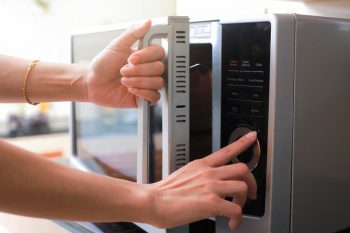
The water filter in your Samsung fridge plays a crucial role in ensuring you get clean, fresh-tasting water and ice. However, like any filter, it needs to be replaced regularly to maintain its effectiveness. Samsung recommends replacing the water filter every six months or after 300 gallons of water consumption, whichever occurs first. After replacing the filter, you will need to reset the filter indicator light to start the six-month timer again. In this comprehensive guide, we’ll walk you through the steps to reset the filter on your Samsung fridge and answer some commonly asked questions about the process.
To reset the filter on your Samsung fridge, locate the filter reset button on the control panel. Most models have this button labeled as “Hold 3 sec for Filter Reset”. Press and hold this button for approximately 3 seconds, or until the filter indicator light switches off or changes color. This indicates that the filter has been successfully reset. For specific models, please refer to your refrigerator’s user manual.
Locating the Filter Reset Button
The filter reset button is usually located on the control panel of your Samsung fridge. In many models, it’s on the left side of the panel, typically under the Alarm button. The button may have the words “Hold 3 sec for Filter Reset” printed on it. However, the exact location can vary depending on the specific model of your Samsung refrigerator. For instance, in Samsung RF28K9070SR, the button is labeled as ICE-MAKER, while in Samsung RF23J9011SR, it’s the ICE TYPE/WATER button.
Steps to Reset Filter on Samsung Fridge
- Replace the water filter if needed. It is recommended to replace the water filter every six months.
- Locate the filter indicator light or button on your Samsung fridge’s control panel.
- Press and hold the reset button (or specific combination of buttons as per your user manual) for approximately 3 seconds, or until the filter indicator light switches off or changes color, indicating that the filter has been successfully reset.
For some Samsung refrigerator models, you may need to press and hold the “Alarm” button for 3 seconds to reset the filter light. If you have a Family Hub fridge, follow these steps to reset the filter light and timer:
- From the Home screen, tap Apps, and then tap Fridge Manager.
- Tap Fridge Settings.
- Tap Water Filter, then tap Reset, and then tap Proceed.
Please refer to your refrigerator’s user manual for specific instructions on resetting the filter light for your particular model.
Troubleshooting Potential Issues
While resetting the filter light on your Samsung fridge is generally straightforward, you may encounter some issues. For instance, you may have difficulty locating the filter reset button, or the reset button might not work as expected. Other potential issues include incorrectly installed filters or bypass plugs, incompatible or counterfeit filters, and firmware updates disabling manual reset.
To troubleshoot these issues, first identify the problem, such as any error messages or unusual behavior. Try basic fixes like restarting the device, checking for physical connectivity issues, and ensuring your software is up-to-date. Consult online resources, use diagnostic tools, or contact your service provider or manufacturer for assistance.
Maintaining Your Samsung Fridge Filter
Regular maintenance can ensure the longevity and effectiveness of your Samsung fridge filter. Here are some tips:
- Replace the water filter every six months or after 300 gallons of water consumption.
- Use genuine Samsung water filters to avoid potential leaks and damage to the refrigerator.
- Ensure the air vents inside the refrigerator are not blocked by items, as this can cause condensation and affect the filter’s performance.
- Check for leaks regularly and ensure the filter is installed correctly.
- Clean the removable filter and run a Self-Clean cycle for optimal performance.
- Maintain the ice maker by changing the water filter regularly and cleaning the ice bin every two weeks.
By following these steps and tips, you can ensure that your Samsung refrigerator’s filter is functioning properly, providing you with clean, refreshing water and ice. If you have any further questions or need additional assistance, don’t hesitate to consult your user manual or reach out to Samsung’s customer support.
Frequently Asked Questions
What happens if I don’t replace my Samsung fridge filter?
If you don’t replace your Samsung fridge filter, it may lead to poor taste and odor of the water, and it can also reduce the water flow. Moreover, the filter will not be able to remove contaminants effectively, which can affect your health.
Can I use a third-party water filter in my Samsung refrigerator?
While third-party water filters may fit in your Samsung refrigerator, it is recommended to use genuine Samsung water filters. Using third-party filters can lead to potential leaks and damage to the refrigerator. Moreover, they may not be as effective in removing contaminants.
How do I know when to replace my Samsung fridge water filter?
Samsung recommends replacing the water filter every six months or after 300 gallons of water consumption, whichever occurs first. However, if you notice a decrease in water flow or a change in taste or odor of the water, it may be time to replace the filter.
What should I do if my Samsung fridge filter indicator light is not working?
If your Samsung fridge filter indicator light is not working, try resetting it by following the steps provided in the user manual. If it still doesn’t work, it might be an issue with the light itself or the control panel. In this case, it is recommended to contact Samsung’s customer support for assistance.
How can I clean my Samsung fridge filter?
The water filter in your Samsung fridge cannot be cleaned and should be replaced every six months or after 300 gallons of water consumption. However, if your refrigerator has a removable filter, you can clean it by rinsing it under running water and then drying it thoroughly before reinstalling it. Always refer to your user manual for specific cleaning instructions.











